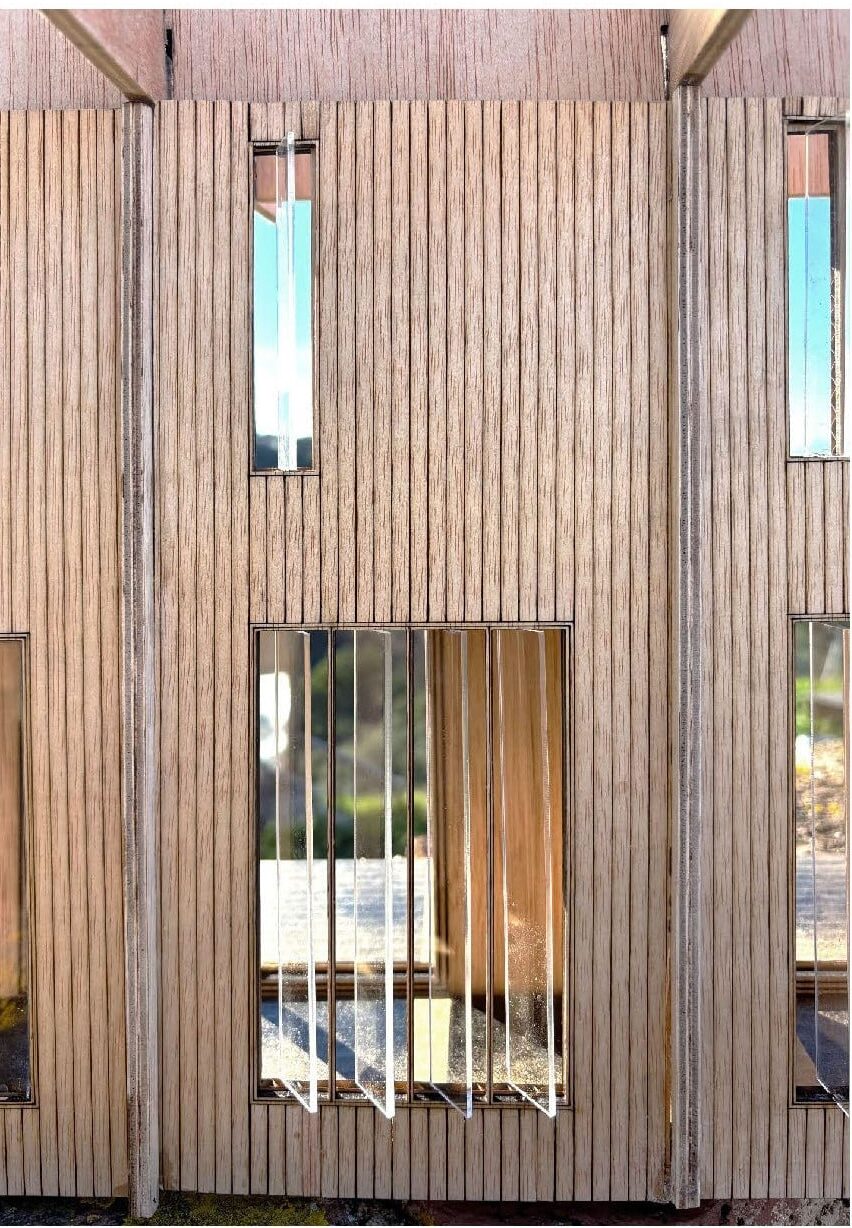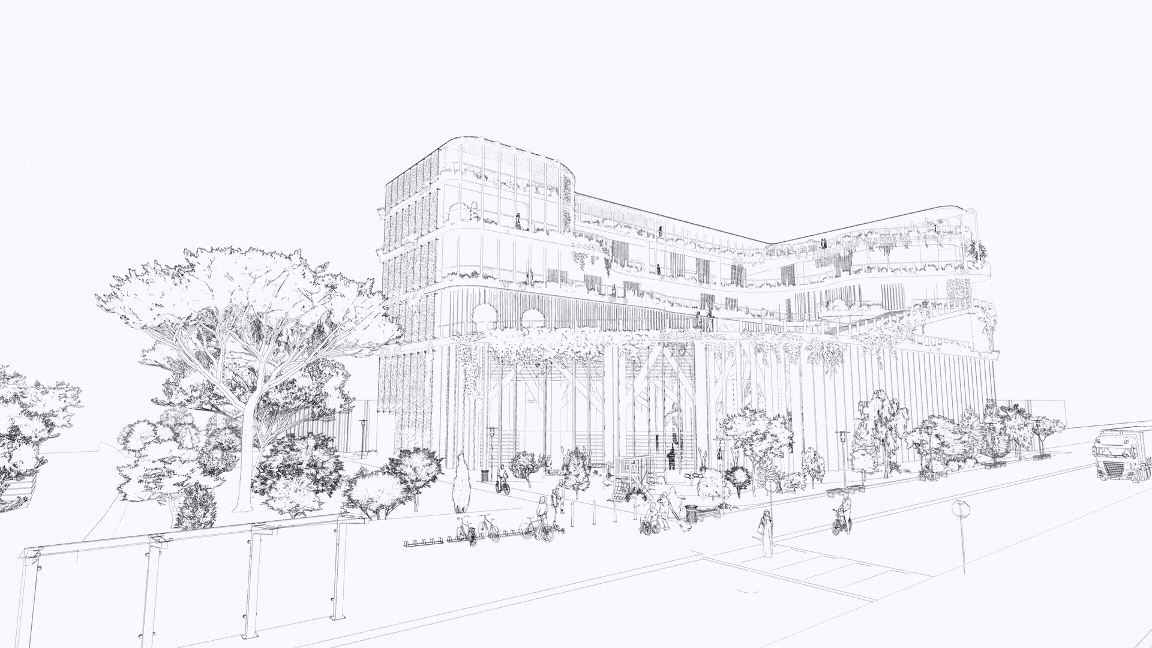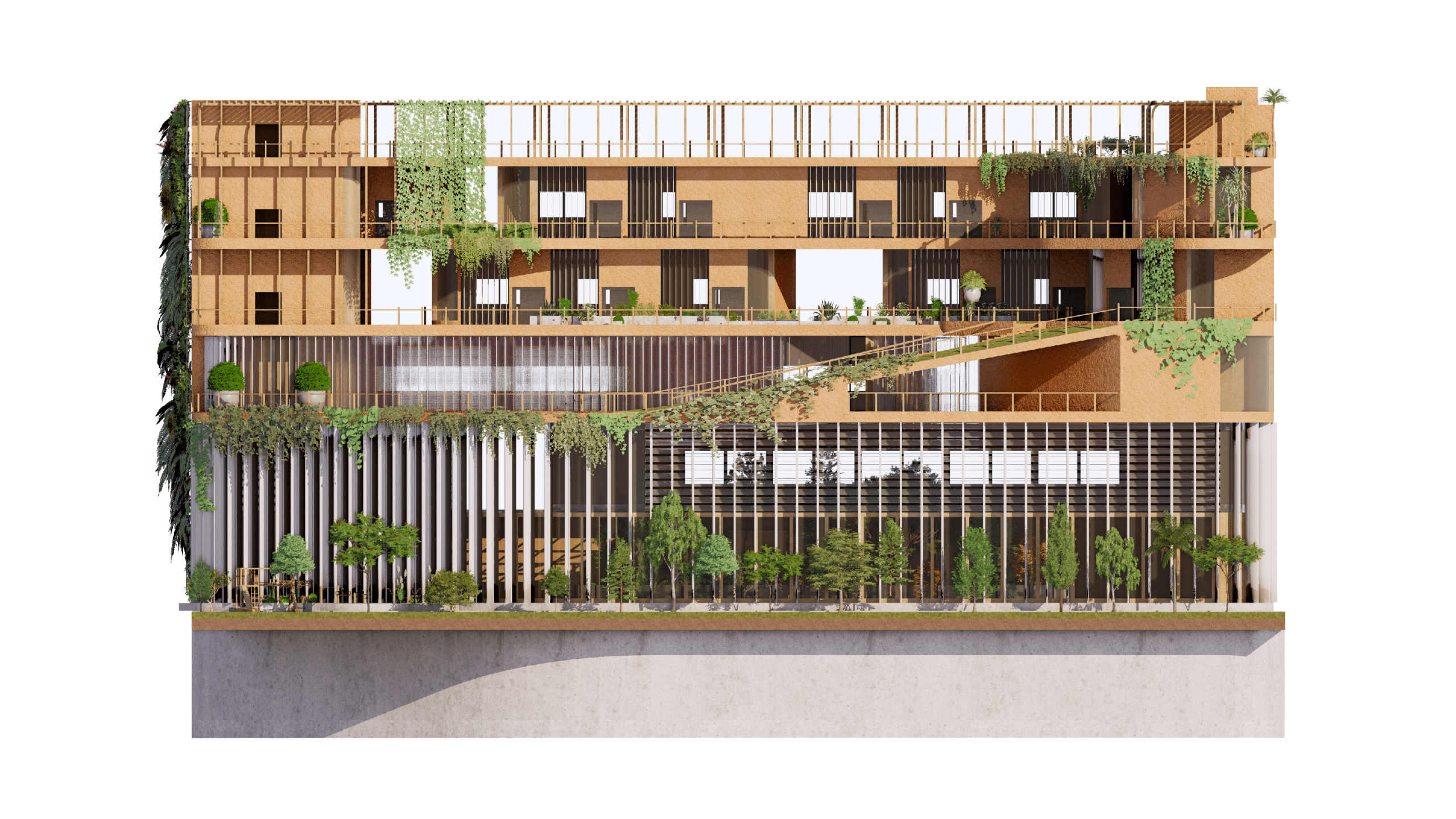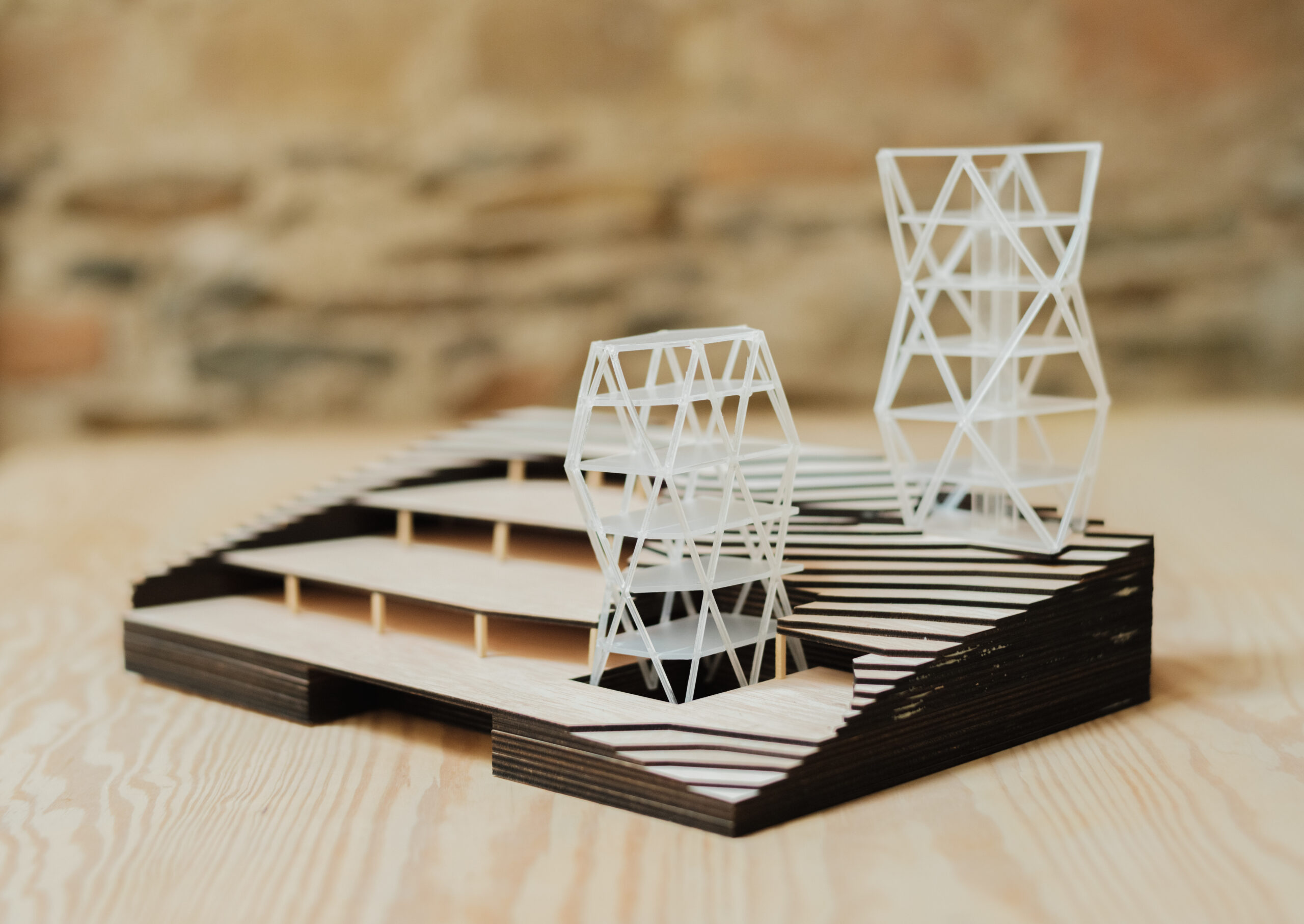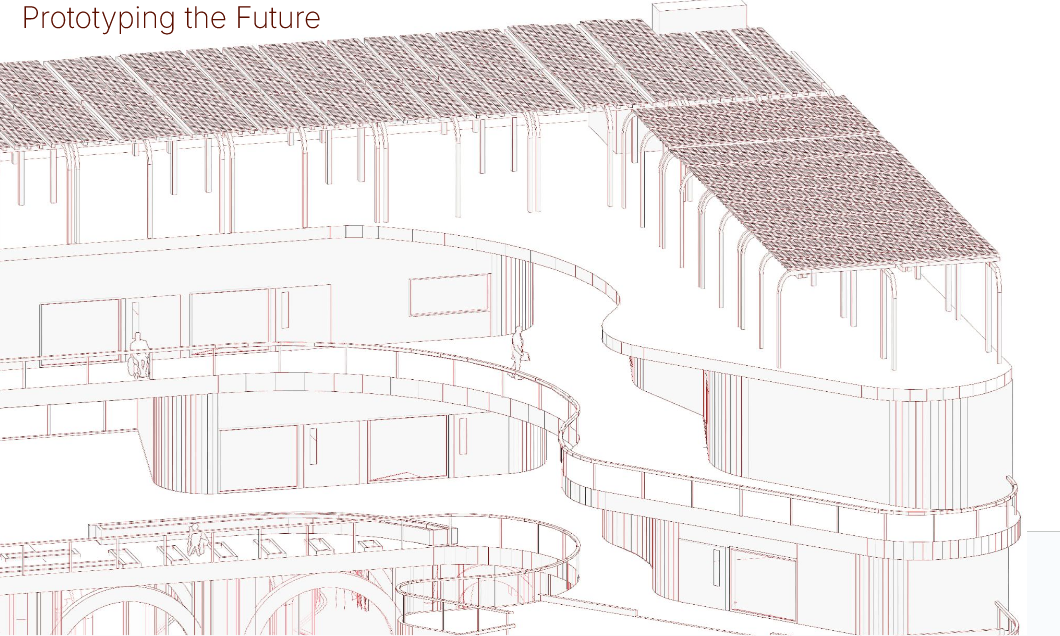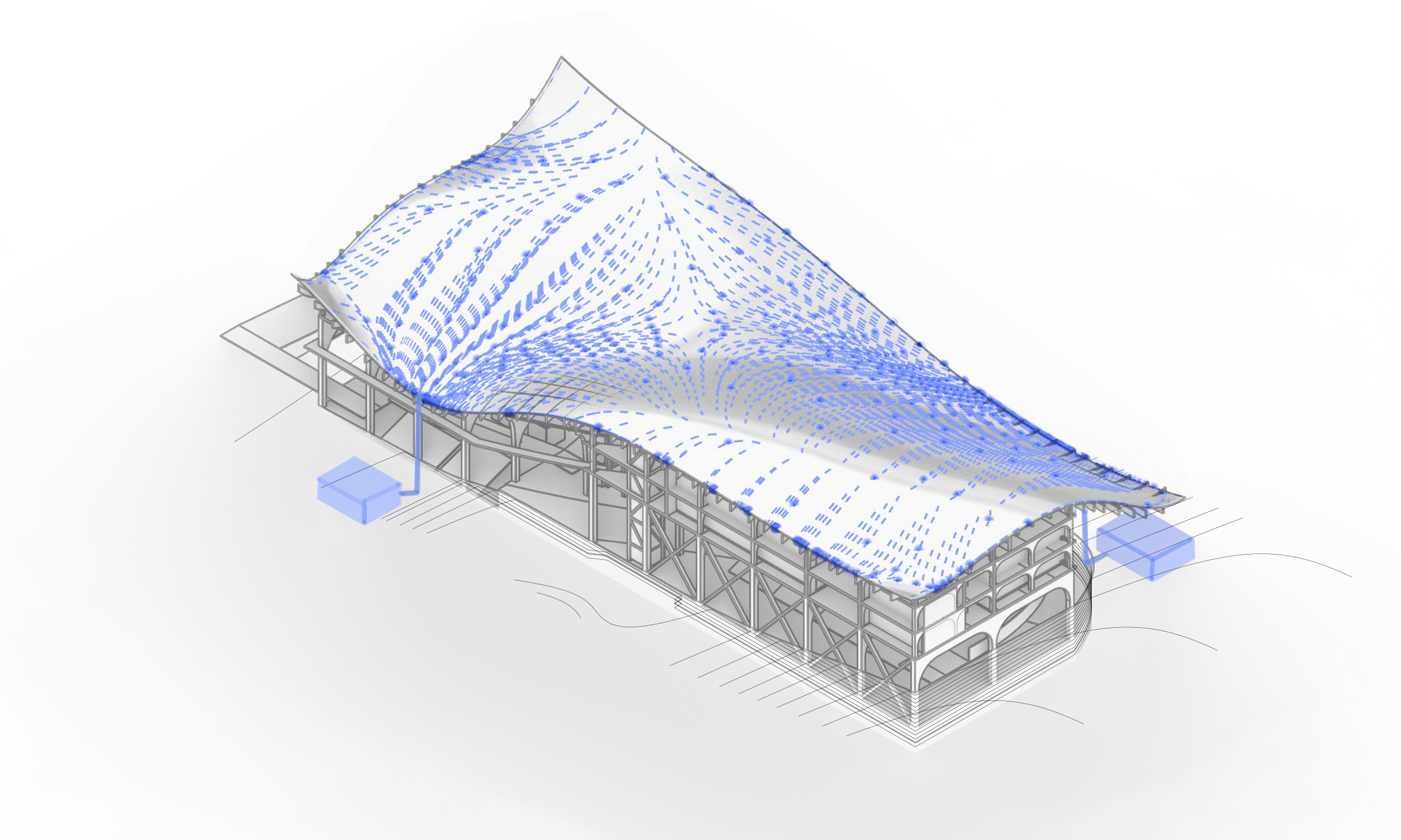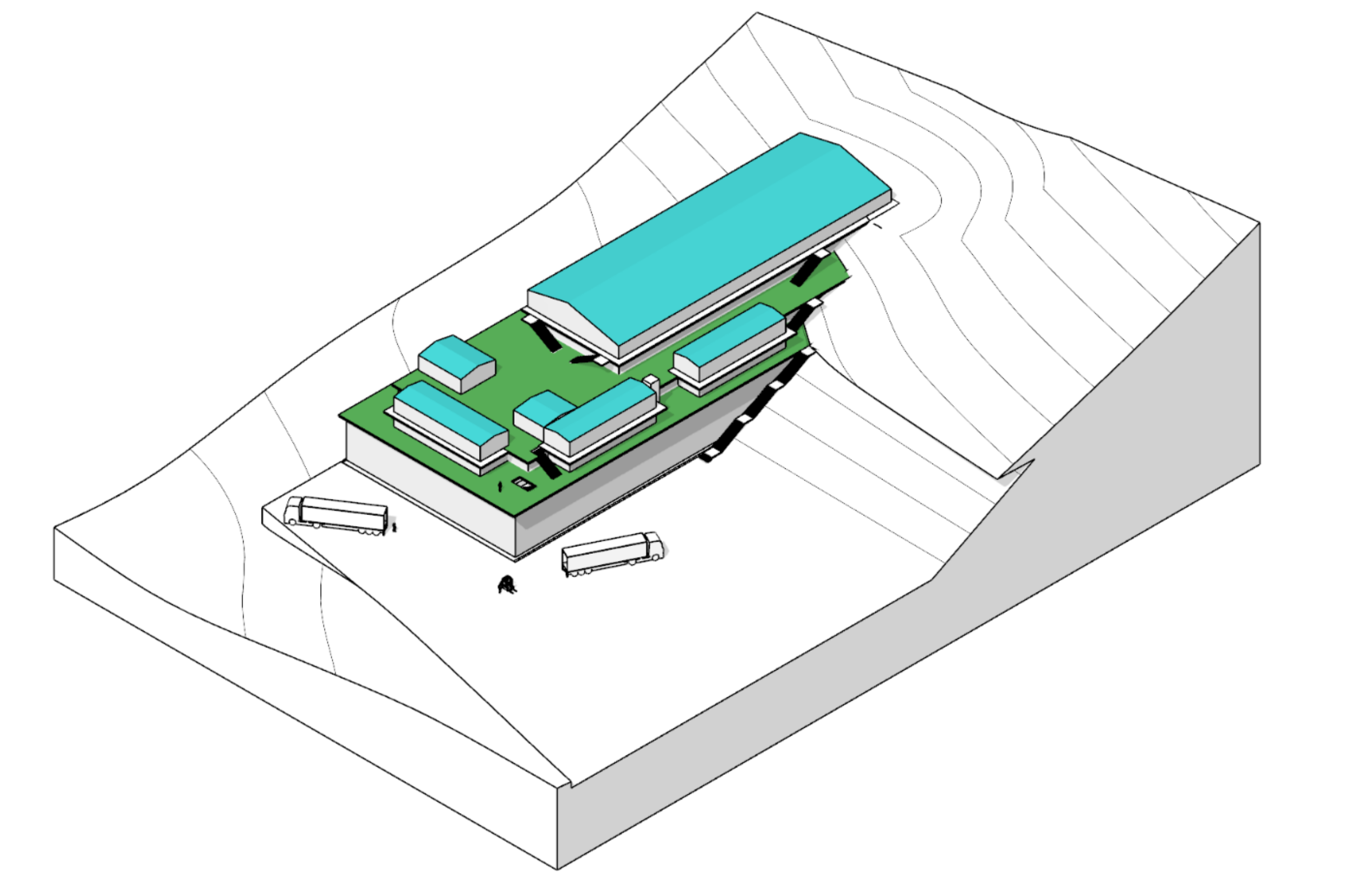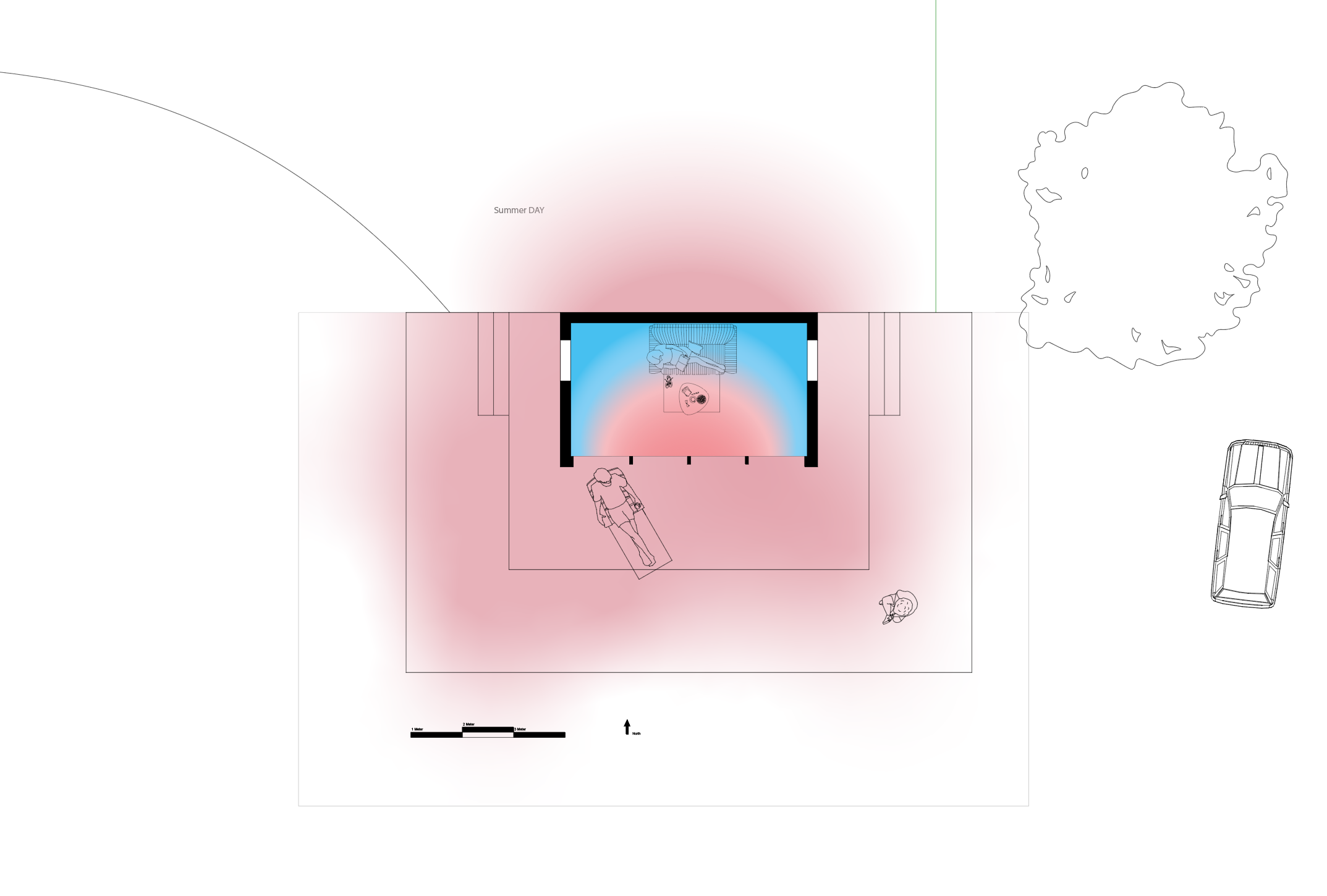Boutique CLT Factory
boutique /buːˈtiːk/ small, sophisticated, or fashionable business or establishment. The CLT Factory is a part of the course that focuses on developing a comprehensive understanding of the Entire timber transformation chain, Through the design of five interconnected programs, students will address the principles of circular construction, sustainability, and innovation, while exploring the relationship between large-scale … Read more


